Shifting Under Load: Is it That Bad?
When I first moved to San Francisco and had my bike that would now be forty years old – if it did not get San Francisco’d – I came from Los Angeles. More specifically, I came from one of the many valleys in Los Angeles that are very flat. Moving to Northern California, I had to learn if about shifting under load.
This was a lesson that I learned to be pretty important and became even more apparent when I moved away from touring bicycles and into higher performance road bicycles.
Shifting at the right time was the difference of someone smoothly coasting past you and you cranking up a hill which should be a breeze.
So of course, it is important to understand when to shift according to the pitch of the hill, but even more important is if you can and when to shift under load. And most important, is it really that bad for your derailleur and bicycle?
In this post we will discuss all things shifting under load. If you are stuck in a tight spot, and need to move up in your shifting, we will discuss how to shift correctly. Finally, we will discuss if you need to stop pedaling completely to shift at all.
What does it mean to shift under load?
When you shift under load, it means that you are shifting while you are pedaling hard and there is a lot of resistance keeping your cadence from increasing.
Usually this will be when you are going up a hill in your lowest gear, but can also happen when you are on a straight away and you are biking in your highest gear.
It is typically very difficult for the bicycle to shift correctly when you are shifting under load and you will notice hesitation.
Shifting under Load
When at all possible, you should preselect your gear.


When you shift under load, you do three things to your drive chain:
1. Accelerate the wear of the drivetrain: There are many areas of the drive train that are made to take massive amounts of pressure. The thing is that pressure is made to be bearable when moving forward along the drivetrain. When the pressure is moving from left to right, much of the durability of the drivetrain falls away.
2. Chain Failure: Shifting under load will cause too much side to side pressure. In fact, many can snap a chain with their hands if they bend it this way. Your Chain is one of the parts that is made specifically to withstand a large amount of power moving through it in the direction it is engineered to sustain. However, when moving from side to side, the chain is much weaker.
3. Sprocket and Cassette Failure: Your Sprockets can become bent by constantly shifting the bicycle under load. The teeth will bend from side to side in an effort to maintain the ability to shift under constant stress.
How do you Shift Under Load?
There are plenty of times where you find yourself in a pickle and need to shift under load. From time to time a hill’s elevation may shift and you need to find the correct gear again.
When you need to shift under load, increase your cadence for two to three rotations. While you have the momentum and your wheel has some time to freewheel, shift quickly while pedaling without as much load for two rotations. You should have been able to shift at this point.
This is easier with higher end shifting systems, though I learned it with my Soya system years ago.
Do you stop pedaling when changing gears?
No, it’s best to keep pedaling while changing gears. When you are changing gears, the derailleur will push against the chain.
When you are pedaling and changing gears, the nudge against the chain will be both gentler because the angle that it pushes to the side will be smaller, and second the amount of force will be spread over a larger distance of the chain.
This will increase the life of the chain.
Of course, as well, if you do not pedal, your chain will not shift, so you need to pedal throughout the entire time of shifting your gears.
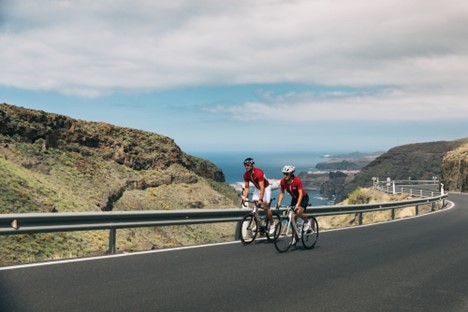

Conclusion: Shifting Under Load
If you need to shift under load, pedal very quickly while moving uphill to increase your speed and allow your wheel to freewheel. Then very quickly shift while you are pedaling slowly. Following this, you should see that it is very easy to shift and not damage your bicycle in the process.
Typically you should not shift under load but everyone knows that things do happen and situations do come up.

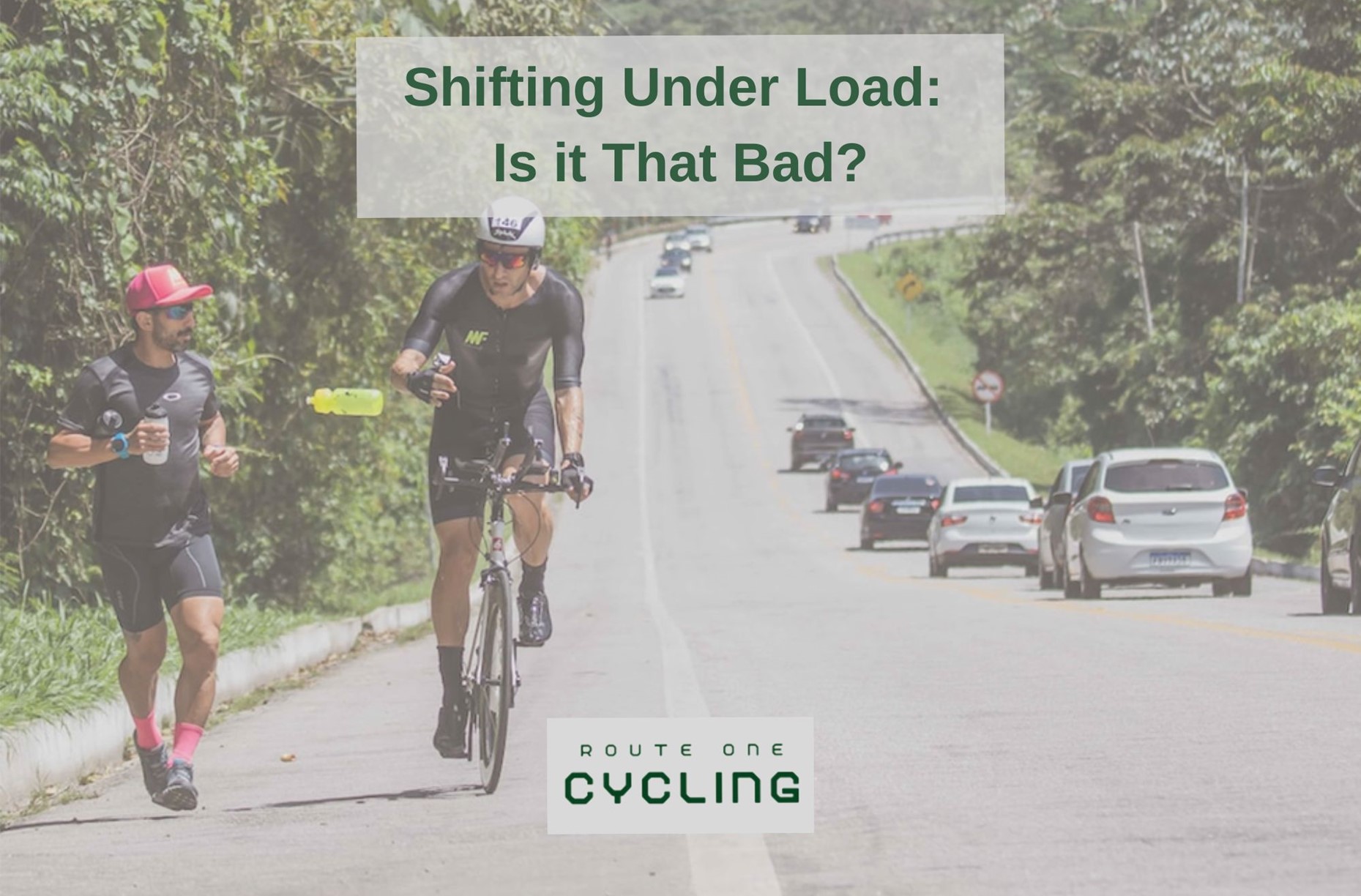
![When to replace brake pads [Cycling Guide]](https://routeonecycling.com/wp-content/uploads/2023/08/When-to-replace-brake-pads-cycling-cover-768x1182.jpg)
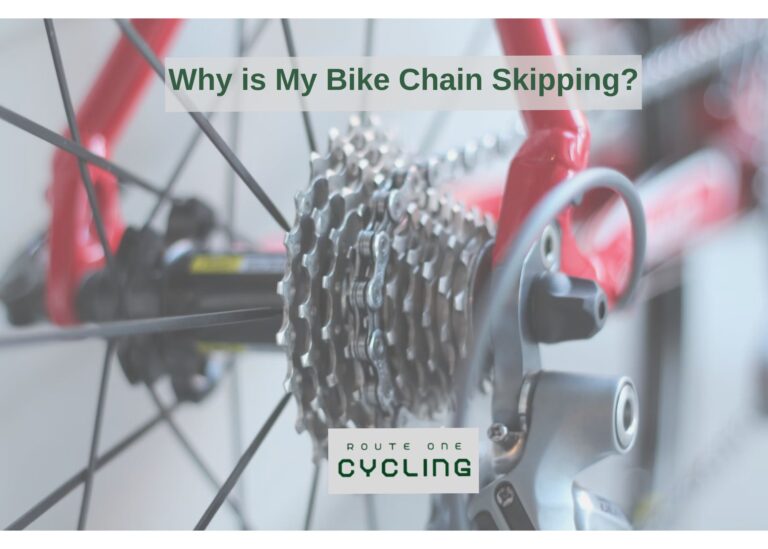
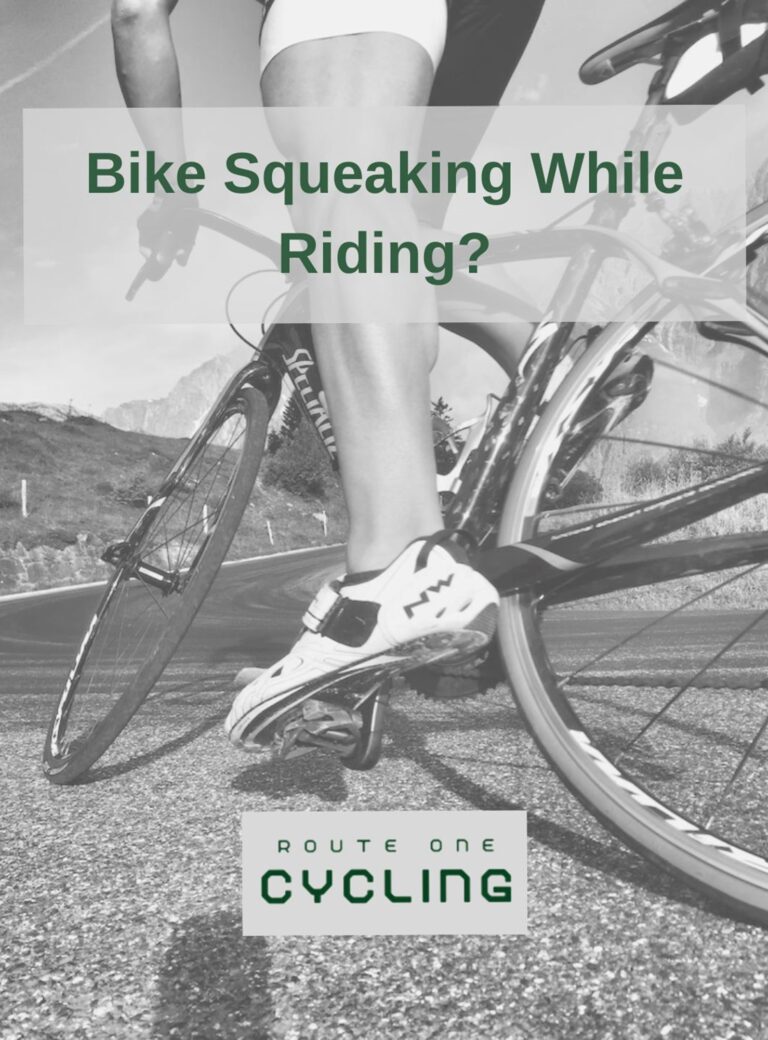
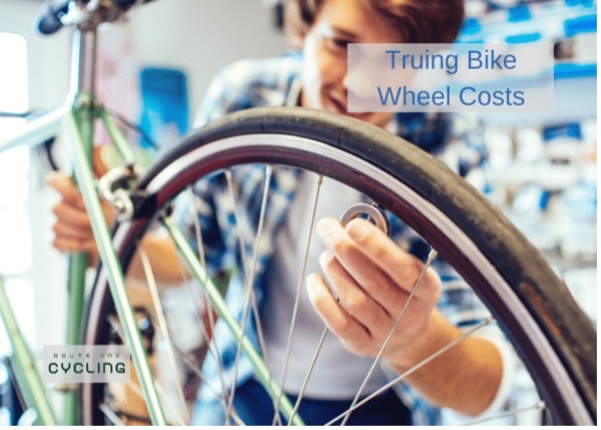
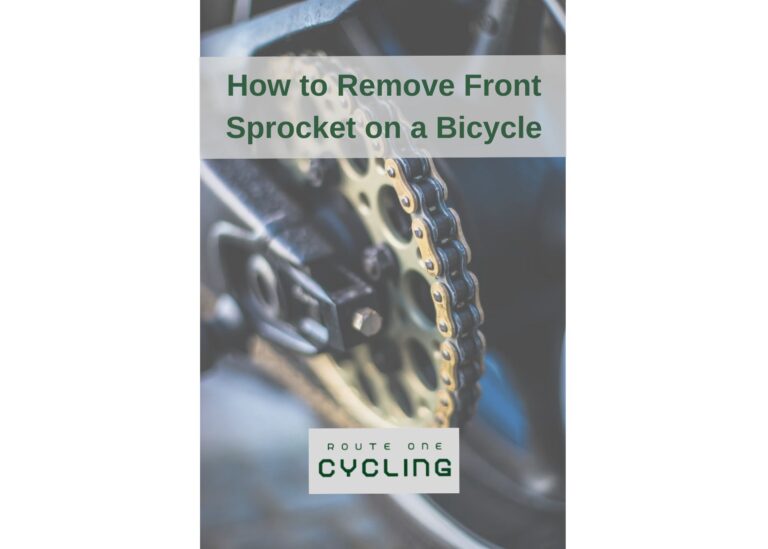
![How to lube a bicycle chain without stand [3 simplest ways]](https://routeonecycling.com/wp-content/uploads/2023/04/How-to-lube-a-bicycle-chain-without-stand-3.png)